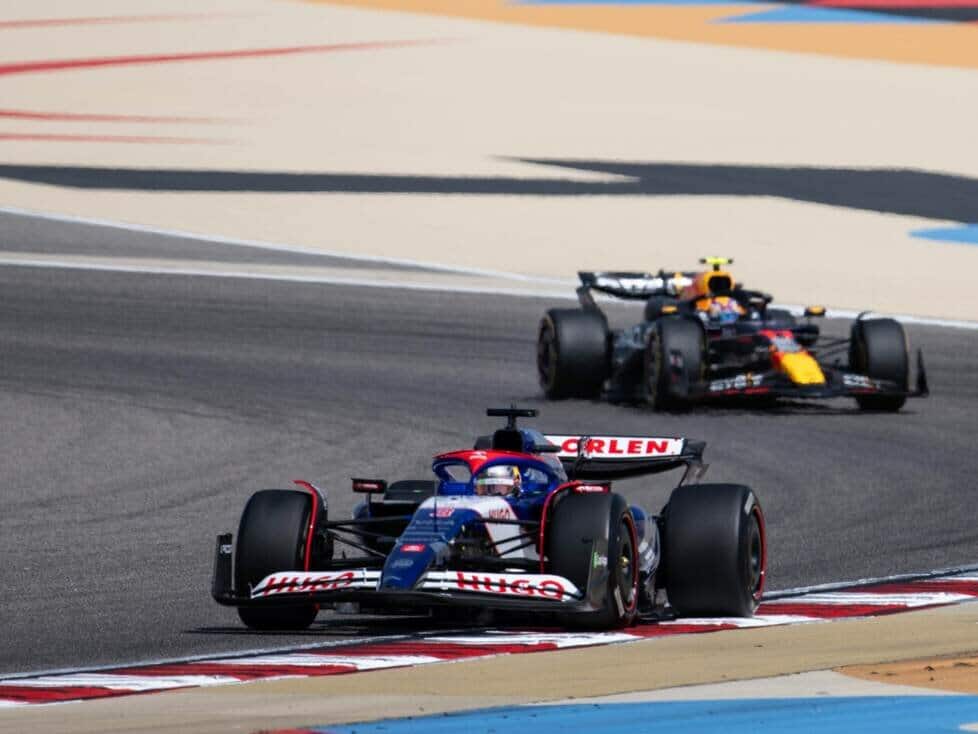Does Formula 1 need to rethink the concept of the constructor? Peter Bayer from Racing Bulls warns urgently against restricting the rules for customer parts
Peter Bayer, CEO of Racing Bulls, warns Formula 1 against risking a less competitive grid if it pushes ahead with the idea of eliminating customer relationships between teams. Recently, there has been repeated criticism due to the close relationship between Racing Bull and Red Bull.
As the premier class heads towards a new set of rules from 2026, some teams want to limit the kind of partnerships that Red Bull/Racing Bulls and Ferrari/Haas have.
McLaren CEO Zak Brown has been very vocal on this point, believing that the Formula 1 regulations are “no longer fit for purpose” in allowing teams to work together, especially when they have common ownership.
Bayer: “Want a close race between ten teams “
However, Racing Bulls warns of potential dangers and points to the huge gap that still exists between the top teams and those further down the pecking order, despite the cost caps. It would only be exacerbated if everyone was forced to design and build all the car parts themselves.
“If you look at the grid today, in last year’s championship standings, if you add up the points of the last four teams, you have fewer points than sixth place. If you add the points from sixth place, you end up with fewer points in total than fifth place,” Bayer calculates.
“So I think Formula 1 as a sport needs to think about what it wants. The fans and all of us want a close race between ten teams, not just two or three teams.”
“To achieve that, I think you have to respect the financial reality, which today is still that none of the teams are making money. And the further down the pecking order you are, the less money you make. “
What about sustainability and financial viability?
Laurent Mekies, Team Principal at Racing Bulls, agrees with Bayer’s comments. He believes that changes to the rules for customer parts in Formula 1 will mean that smaller teams will be less competitive than they are now.
“Why do we have these rules for sharing parts? For two reasons. Firstly, it’s a narrow field. The example of Peter is very impressive,” says Mekies. “Do we feel that the field is already too narrow? Well, we don’t. “
“We think that the last four are quite far back and it would only be an advantage if they were to move closer. So if anything, we’d like to go in the other direction. There’s nothing to suggest that you should aim for a wider field and that benefits the sport, certainly not.”
“The second aspect is sustainability, the business model,” Mekies continues. “Everyone is still putting money into the business and we are at a fantastic moment for Formula 1 in terms of fans and spectator numbers. Nevertheless, it’s a sport that’s difficult to make money from.”
“So do you want a change now, at this peak time, without considering what will happen in the next four or six years? That’s our view of things. We have to be careful that we don’t turn team-specific, short-term concerns into long-term, crucial goals for the sport. “





